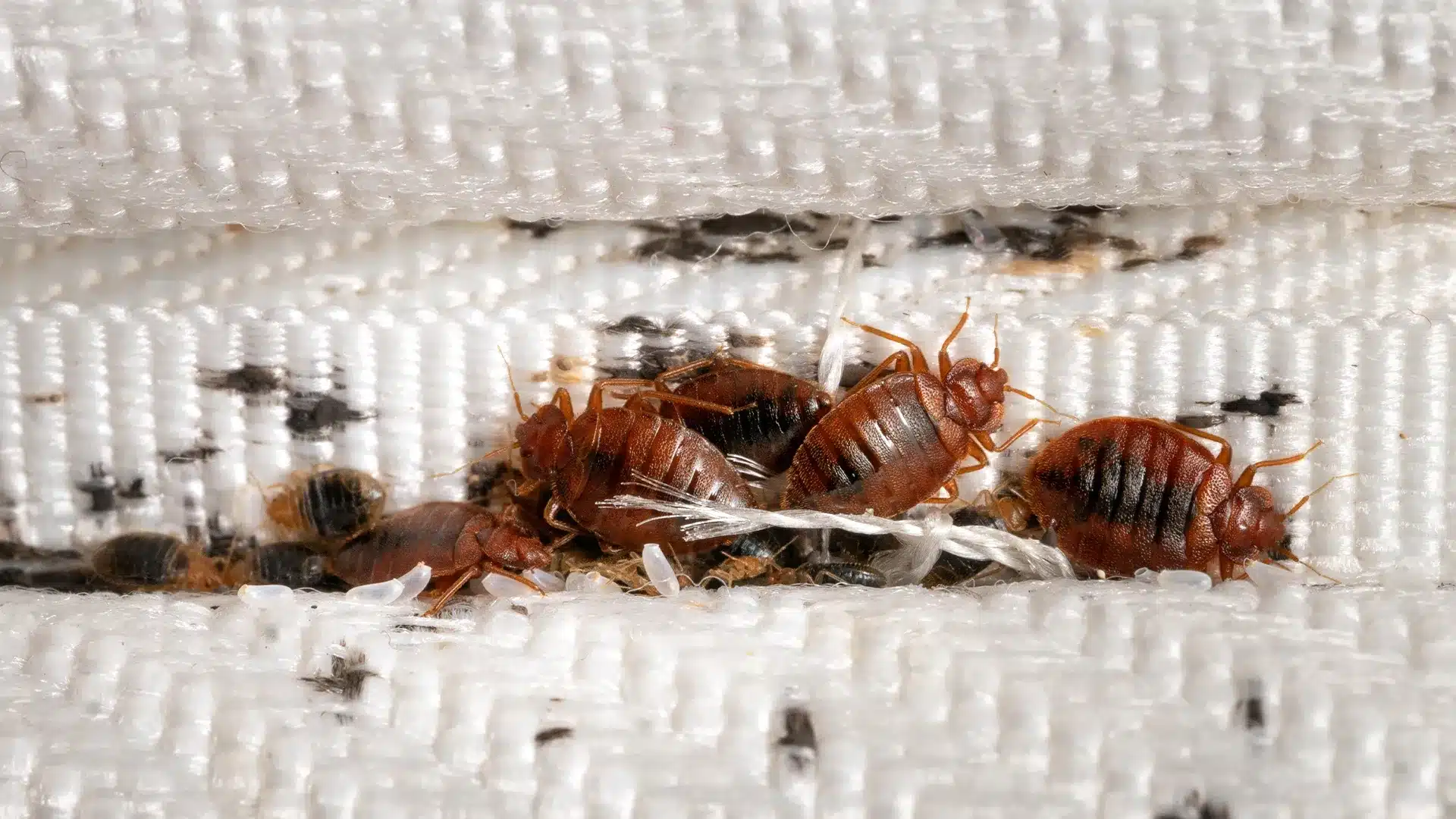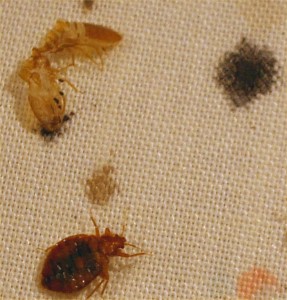Dependable Bed Bug Exterminator Near Me: DC Heat Treatment Professionals
Dependable Bed Bug Exterminator Near Me: DC Heat Treatment Professionals
Blog Article
Exploring the Science Behind Bed Insect Warmth Treatments as a Sustainable Pest Monitoring Method
In the realm of insect management, the pursuit for sustainable and effective options continues to be a continuous search. One such technique that has actually obtained traction recently is making use of warm therapies to battle bed pest infestations. By taking advantage of the science behind thermal death factors for these consistent parasites, heat treatments use an appealing option to conventional chemical-based strategies. The complexities of how heat efficiently eliminates bed bugs and the more comprehensive implications for sustainable pest management practices make this a topic worth discovering additionally.
Bed Insect Warm Therapy Refine

Thermal Death Point for Bed Insects
Subjecting bed insects to raised temperature levels past their thermal resistance range is vital for achieving efficient removal in warmth treatment processes. By getting to and keeping temperature levels over the thermal death point for bed bugs, insect monitoring specialists can ensure detailed removal of bed pest populaces, including hard-to-reach areas where chemical treatments may be much less efficient. Understanding the thermal death factor for bed insects is necessary for executing effective warm therapy techniques and attaining sustainable insect monitoring results.
Advantages of Warmth Treatments
Having developed the essential thermal death factor for bed insects, it is critical to currently check out the considerable benefits that warm treatments offer in successfully removing these durable parasites. When contrasted to typical chemical approaches, warmth therapies existing numerous vital advantages. Among the primary benefits is that warm can penetrate deep right into crevices and cracks where bed pests hide, guaranteeing that also one of the most hard-to-reach areas are warmed to dangerous temperature levels. This extensive method not just eliminates real-time pests but also targets bed insect eggs, protecting against future problems.
Furthermore, warmth therapies are non-toxic and eco-friendly, making them a sustainable parasite monitoring method. Unlike chemical pesticides, warm treatments do not leave harmful deposits that can position dangers to human wellness or the atmosphere. This aspect is particularly essential in delicate environments such as hospitals, institutions, and suburbs where chemical use might not be preferable.
Additionally, warm treatments have a high success price in removing bed insect invasions in a single treatment, minimizing the demand for several check outs and minimizing interruption to residents. This effectiveness not only saves time and cash but additionally provides comfort to those taking care of bed insect troubles.
Effectiveness of Warmth Treatment

Study research studies have actually consistently shown the performance of heat therapies in achieving a high rate of bed bug mortality. Appropriately carried out heat therapies can reach all the holes and cracks where bed pests may be harboring, making certain a detailed technique to elimination. Heat therapies have the added benefit of eliminating bed pest eggs, which are commonly immune to standard chemical therapies. Generally, the performance of warmth treatments in eradicating bed pest infestations makes them a trustworthy and sustainable insect monitoring method.
Sustainable Insect Administration Perks
Implementing lasting parasite management practices offers long-term benefits for both the atmosphere and public health and wellness. By using approaches such as heat treatments for pest control, we can lower the reliance on harmful chemical pesticides that can have adverse impacts on communities and human health - exterminator near me. Sustainable pest monitoring techniques help in preserving biodiversity by targeting details parasites without hurting non-target organisms, therefore maintaining a well balanced ecosystem
Moreover, lasting bug monitoring practices contribute to the total health and well-being of the general public. By minimizing exposure to hazardous chemicals made use of in standard pest control approaches, heat therapies provide a safer alternative for bug administration in household, commercial, and public areas. This decrease in chemical use additionally helps in preventing pesticide deposits from contaminating water, soil, and air, securing environmental high quality.
Conclusion
Finally, bed bug warm treatments have been revealed to be a sustainable and effective insect management technique. The thermal death factor for bed bug heat treatment bed pests makes them prone to heat therapies, which have numerous advantages over typical chemical treatments. The effectiveness of warm treatments in getting rid of bed bug problems while minimizing environmental effect highlights the capacity of this method as a sustainable remedy for insect control.
The bed bug heat treatment process involves elevating the temperature within infested areas to a level that successfully gets rid of bed insects and their eggs. By getting to and keeping temperatures over the thermal death factor for bed bugs, insect management specialists can make sure detailed elimination of bed pest populations, including hard-to-reach areas where chemical therapies may be less efficient. One of the key benefits is that heat can penetrate deep right into holes and fractures where bed bugs conceal, making certain that even the most hard-to-reach locations are heated up to dangerous temperatures. Unlike chemical therapies that might leave behind immune populaces, warm therapies offer a eco friendly and non-toxic service that can penetrate deep into furnishings, walls, and various other hard-to-reach areas where bed insects hide.
The thermal fatality factor for bed pests makes them vulnerable to warmth treatments, which have countless benefits over standard chemical treatments.
Report this page